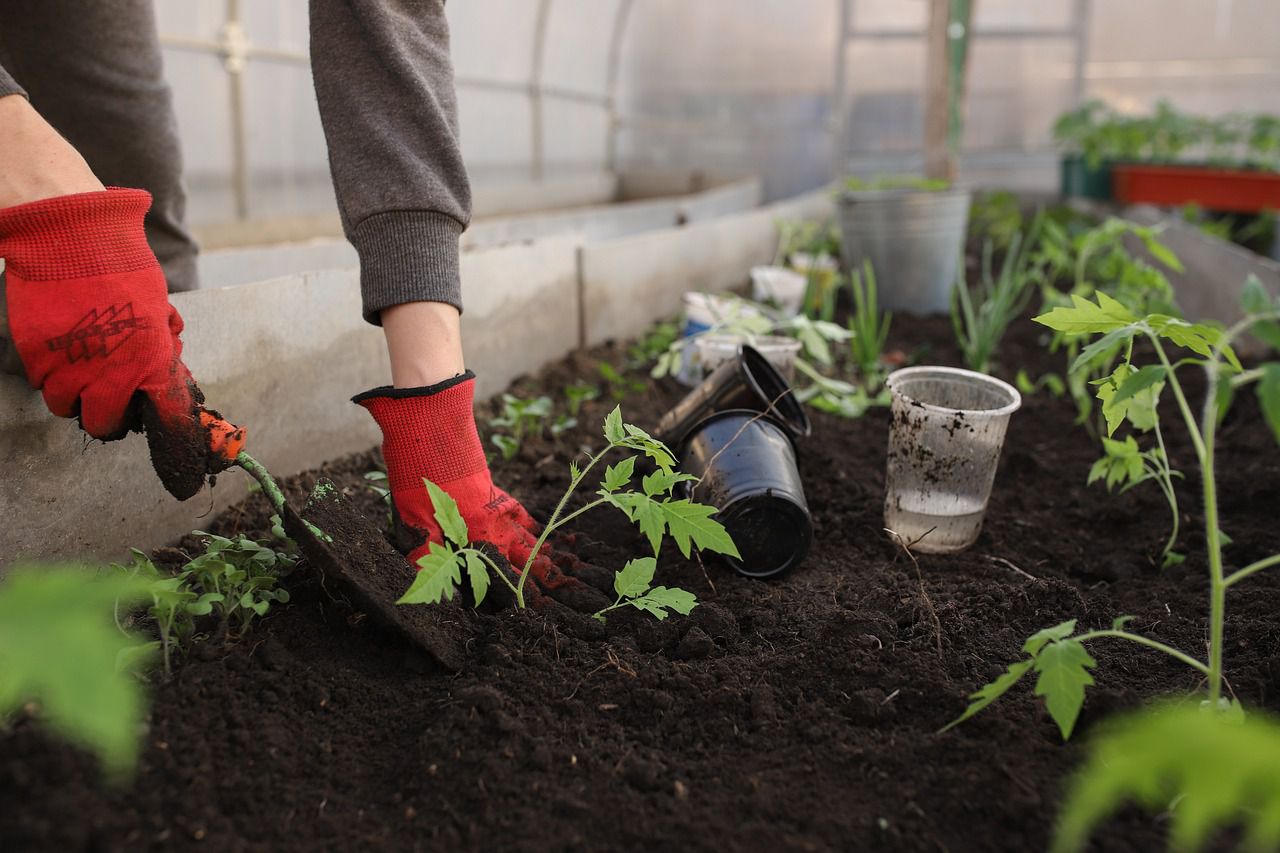Making warm garden beds: Improve your gardening
Warm garden beds can help your plants a lot - especially those that can be easily damaged by cold and excessive moist.
It's not that hard to create warm garden beds - just follow these tips to make your plants safe.
Make sure your plants are warm and safe!
Location
Select an area that receives ample sunlight throughout the day, preferably facing south to maximize exposure to sunlight.
Bed construction
Build raised beds or mounds to elevate the planting area.

This helps improve drainage and prevents waterlogging, which can hinder plant growth.
Insulation layer
Lay down a layer of insulating material to create warmth in the garden bed.
Common options include straw, hay, leaves, or even shredded newspaper.
This layer acts as insulation, helping to retain heat and protect plants from colder temperatures.
Black plastic or landscape fabric
Cover the bed with black plastic or landscape fabric.
Secure the edges of the plastic or fabric to keep it in place.
Planting
Plant your chosen vegetables, flowers, or herbs in the prepared bed, taking care not to disturb the insulation layer or plastic/fabric covering.
Maintenance
Mulching around the plants can help conserve moisture and regulate soil temperature.
Remove any weeds or unwanted vegetation that may compete with your plants for nutrients and resources.
Temperature management
During freezing periods, you can further protect your warm garden beds by covering them with additional layers of frost blankets, row covers, or cloches.

